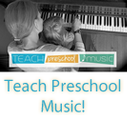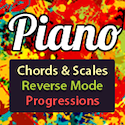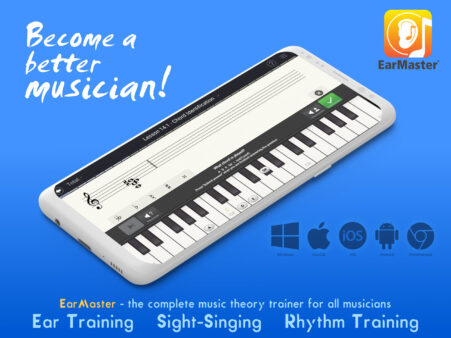Sight-Reading Strategies for the Beginning and Intermediate Student
by Dr. Pamela D. Pike

Dr. Pike began her session by iterating the importance of sight-reading and the realization that most of our students will become amateur musicians who need to be fluent sight-readers.
“Coping with unexpected change is the goal. This is what real sight-reading is – playing the notes, rhythms, dynamics that you know, but in a context you have not played before.” Richard Chronister
Sight-reading involves:
1. Perception (decoding patterns)
2. Kinesthetics (executing motor skills)
3. Memory (recognizing patterns)
4. Problem-solving skills (improvising and guessing)
Dr. Pike proceeded to expound on each of these areas and offer additional insights based on her research on the subject.
Gestalt Principles – we look at lines and shapes in groupings and recognize them as familiar objects based on past experience. Similarly, in music-reading, an excellent sight-reader will immediately assimilate notes into recognizable/familiar chord patterns because of having experienced it previously.
Helpful terminology to understand sight-reading research:
Perceptual Span – how far ahead the pianist is looking in the score.
Eye-Hand Span – how long a pianists can keep playing once the score has been taken away.
Playing an instrument involves two things: Perceiving and processing visual cues and executing fine-motor skills. Research has shown that pianists who have a good sense of keyboard topography are more successful at sight-reading. The critical link that connects the visual and kinesthetic aspects of sight-reading is memory. In many respects, it is only exposure to great amounts of sight-reading material and repertoire that can effectively prepare one to be a fluent sight-reader. The more you play music, the more you build a cognitive memory of familiar components contained in music.
How can we help our students develop this skill?
Consistency and the amount of time matter! There has been a lot of buzz lately about the 10,000 hours required to develop expertise in a skill. The same holds true with sight-reading. Regular sight-reading should be assigned and completed on a daily basis (10 minutes of dedicated work on this a day is more effective than a 30-minute block of time once a week). Students also must develop good problem-solving skills. They have been spoon-fed material and are accustomed to working in groups, rather than individually.
Repertoire pieces with broken chord patterns should be played as blocked chords. Dr. Pike encouraged attendees to compose written exercises to help students see the chord patterns. Based on research and experience, students will sacrifice rhythm in favor of pitch almost every time. For that reason, Dr. Pike posits that pitch drills should be more numerous than rhythm drills. She continued by displaying additional repertoire pieces and explaining how she would help students “chunk” the pieces to aid sight-reading.













Leave a Reply